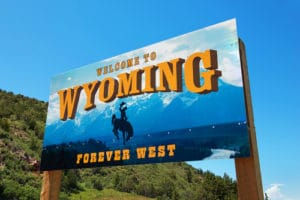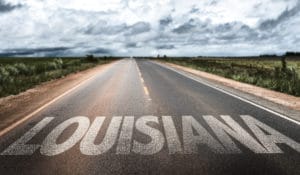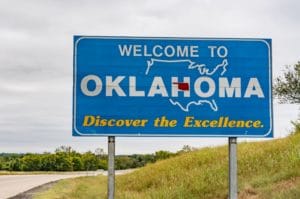Each state has specific rules and regulations regarding car seat laws. To date, car and vehicle accidents remain the leading cause of death in the United States—hence, the importance of understanding your state’s seat belt and car seat laws.
Since there are no federal laws regarding this subject, states must enforce their own rules, meaning each state differs in its laws towards car seats.
The state of Washington has a strong stance on the subject of car seat laws. In Washington, choosing the right car seat depends on height and weight. Installing a car seat correctly is just as important to ensuring the safety of your child.
While car seat laws may seem self-explanatory, you should still take them seriously. According to the U.S. Government’s National Highway Traffic Safety Administration, one in 5 parents don’t properly go through the instructions when putting in car seats.
While car seat laws may not apply to everyone, they’re still important and should be properly understood. Here’s what you need to know about car seat laws in Washington state.
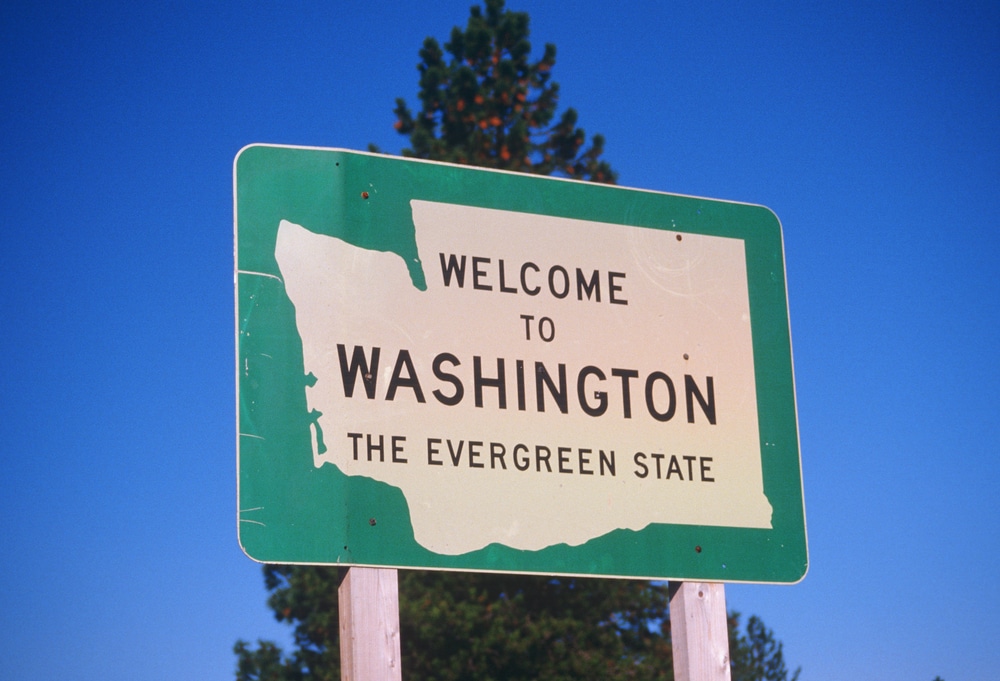
Car Seat Laws, WA: What You Need to Know
Washington’s car seat laws help you find the correct size seat for your child based on their weight and height. Not following these requirements can put your child’s life at great risk in the chance of a crash.
According to Washington’s Child Restraint Law, the following is required:
- Children under the age of 2 must be appropriately fastened in a rear-facing car seat
- Between the ages 2 through 4, children must ride in a car seat with a rear or forward-facing
- Children above the age of 4 must ride in a booster seat or car seat until they reach the specified height of 4 feet, 9 inches
- Children who are above the height of 4 feet, 9 inches must be fastened by a properly fitted seat belt
- Children under the age of 13 must ride in the back seat of a vehicle
Recommendations: WA State Booster Seat Laws
The American Academy of Pediatrics set some recommendations regarding booster seats. By following these recommendations, you can maintain your child’s safety.
Car Seats
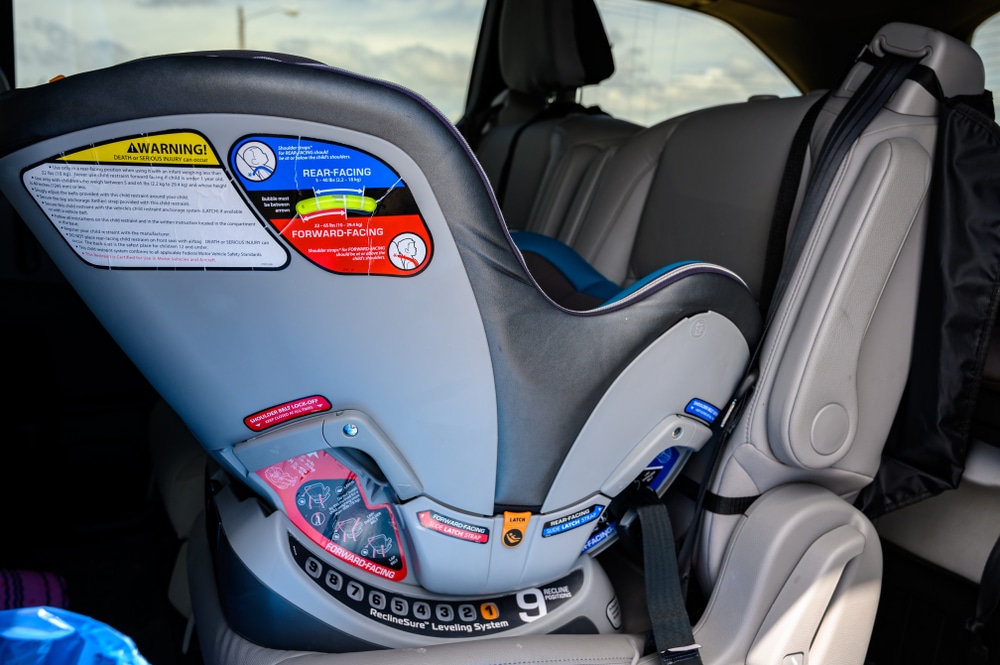
After their birth, newborns must ride in rear-facing car seats—this is a requirement. The APP encourages parents to keep infants and toddlers in rear-facing seats as long as possible. Once they reach the maximum height or weight allowed by the car seat manufacturer, they may graduate to the next recommendation.
The safest seat position for children is rear-facing. Most car seats—depending on the manufacturer—may rear-face a child up to ages 4 to 6, or 40 or 50 pounds.
Once a child has outgrown a rear-facing seat, parents should upgrade them to a forward-facing car seat with a harness. This decision depends on the car seat’s maximum height or weight recommendation.
Experts encourage parents to keep their child in a forward-facing seat with a harness for as long as necessary. Until they reach the car seat manufacturer’s allowed height or weight, or the harness’s maximum height measurements, the child should be kept in their harnessed car seat.
Note: The AAP also recommends keeping your child in their current seat and position as long as possible. Graduating them too early to the next recommendation could put their life at risk.
Booster Seats
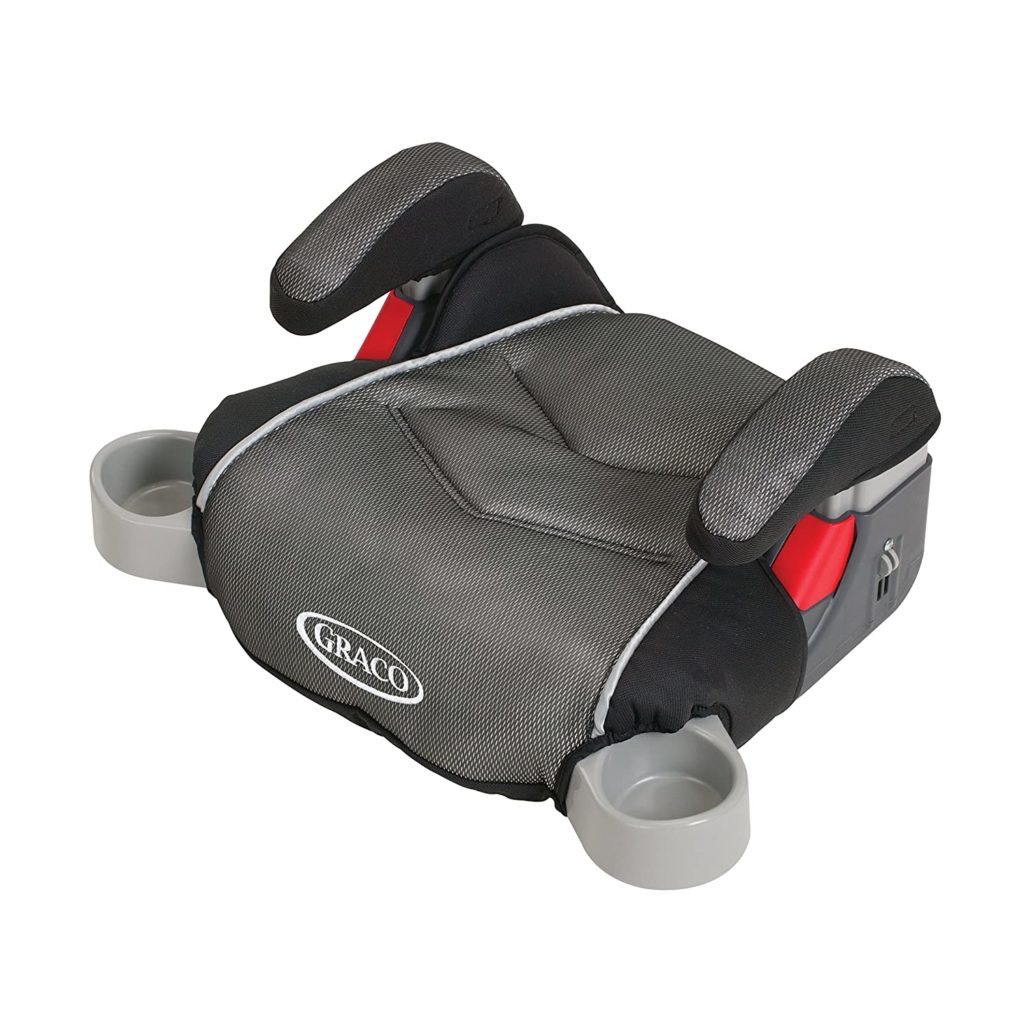
In Washington, the law requires children to ride in booster seats until reaching the height of 4 feet, 9 inches. In most cases, this means children between the ages of 10 and 12 should ride in a booster seat.
Booster seats are ideal for kids who have outgrown rear-facing and forward-facing car seats. A belt-positioning booster seat is necessary until the car lap-and-shoulder seat belt fits the child.
Washington state law requires children to use booster seats with a lap and shoulder belt—not just one or the other. Lap and shoulder belts prevent your child from climbing out of the booster seat or sitting incorrectly. If your child isn’t sitting upright, this defeats the whole purpose of a booster seat.
It’s crucial to find a car seat and/or booster seat with a harness that suits your child’s weight and height.
Seat Belts
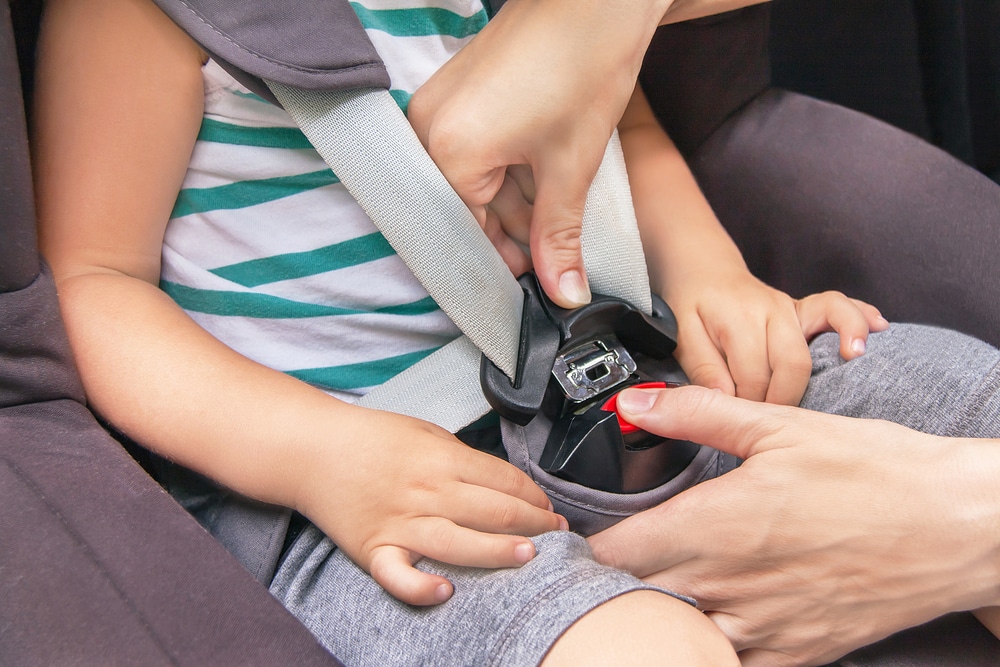
Washington requires that a vehicle must not be operated unless every child passenger is wearing a properly-fastened seatbelt.
Once your child reaches 4 feet, 9 inches tall (or between the ages 8 and 12), they are legally large enough to ride in a car with a seat belt. Without a booster seat, most children won’t fit into seat belts until reaching the age of 10 or 11.
For ideal protection, parents should make sure their children use lap and shoulder seat belts. Washington legally requires children under the age of 12 to ride in the backseat.
Washington Seat Belt Laws
Almost every state has strict laws surrounding seat belts, and Washington state is no exception.
Washington Seat Belt Law: The Specifics
Washington state law requires anybody taller than 4 feet, 9 inches, or older than 8 years old, to use a seat belt whenever they’re in a moving vehicle.
As we touched on earlier, anyone smaller than 4 feet, 9 inches, or younger than 8 must wear a booster seat or car seat, depending on age, height, and weight. Additionally, if a child is under the age of 13 or unable to be appropriately secured in the front seat, they must ride in the back seat.
This safety regulation is a primary seat belt law in Washington, which means police officers have the authority to pull you over and impose a ticket or citation if you fail to fasten your seat belt properly.
However, the chances of this happening are low. According to a secondary seat belt law, officers may only give you a ticket for a seat belt if the driver has violated a separate stateable law.
Penalties for Violations of Washington’s Seat Belt Law
If you fail to properly use or wear a seat belt, an officer may charge you with several penalties. In many cases, the officer will give you a “Notice of Infraction” and be cited for the penalty. This violation includes a $124 fine.
Moreover, the legal system will record the Notice of Infraction in your driving history. Even though insurance companies won’t investigate this violation, it still goes on your record.
However, if you fail to properly address this penalty, or if you repeatedly commit this offense, you may get your license suspended or revoked.
Washington state does provide certain exceptions to the seat belt law. The exception applies only to those with health or medical reasons (if you provide written verification)
Penalties for Violations of Washington’s Car Seat Law
If your child is caught not wearing a proper child restraint, the penalties can be fairly serious.
A police officer has the authority to pull over the driver and charge them with a traffic citation. The amount you get charged depends on how many children are in the vehicle. In most cases, the officer will charge a fine of $112 or more.
Fortunately, the legal system will dismiss this penalty if the driver provides legitimate proof of a child restraint system within seven days after the ticket issuance.
Get More Information
While this explanation provides adequate information regarding Washington car seat laws, it does not cover the entirety of Washington state laws regarding seat belts, car seats, and booster seats.
For additional questions regarding Washington child restraint laws, consider speaking to a licensed attorney for legal advice.
